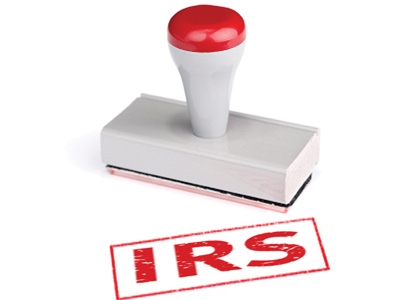Information from IRS.gov
As a reminder, the April 15, 2020 filing deadline has been extended to July 15, 2020. No extension of time filing is needed.
In addition, on March 16, the U.S. House of Representatives passed H.R. 6201, the “Families First Coronavirus Response Act” (“FFCRA”, “Act”) following a series of technical corrections from the original version of the bill that was overwhelmingly passed on March 14. On March 18, the FFCRA was passed by the Senate and President Trump signed it into law. The Act provides tax credits for employers that pay emergency sick leave and emergency family leave benefits to their employees.
Emergency Sick Leave and Family Leave
The Act mandates employer payments to their employees for sick leave benefits and emergency family leave benefits for coronavirus related sickness and family care. Note that these payments are not subject to Social Security tax or Railroad Excise tax withholding. A summary of these benefits is as follows:
Emergency Paid Sick Leave
Government entities and private-sector employers with fewer than 500 employees are required to provide employee sick leave attributable to coronavirus symptoms, diagnosis, or quarantine recommended by a health care provider or ordered by a public official and to provide care for a family member with coronavirus or a child whose school or place of child care is closed due to a public emergency. The Department of Labor is authorized to issue regulations that exempt small businesses with less than 50 employees and certain health care providers and first responders.
Employers are required to provide paid sick leave of up to 80 hours for full-time employees and up to the average work hours for a two-week period for part-time employees. The amount of sick leave will be an employee’s normal wages while the amount paid for the care of a family member will be two-thirds of the sick leave amount.
Emergency Family Leave
Government entities and private-sector employers with fewer than 500 employees are required to provide leave to employees to care for a child whose school or place of childcare is closed due to an emergency declared by a federal, state, or local authority.
The first two weeks of leave can be unpaid, but the employee may choose to apply other accrued leave to that time period. Any paid leave longer than the initial two-week period must be at least two-thirds of the employee’s normal wages. The Department of Labor is authorized to issue regulations that exempt small businesses with less than 50 employees and certain health care providers.
Employer and Self-Employed Payroll Tax Credits
The FFCRA provides for two payroll tax credits designed to alleviate the economic effect of the amounts paid for employee emergency sick leave and family leave benefits. A summary of those credits is as follows:
Credit for Sick Leave
The credit for qualified sick leave (see previous discussion) applies to wages paid from no later than 15 days after the FFCRA enactment date (March 18, 2020) until December 31, 2020 and is limited to 10 days each calendar quarter. The credit is applied on a quarterly basis against the employer portion of Social Security taxes and any excess credit may be refundable.
The credit is limited to $511 per day for each employee. The limitation is $200 per day for family care or childcare attributable to a closed school. It is increased by the Medicare tax that is imposed on the amount of qualified sick leave wages for which the credit is allowed. The credit can also be increased by certain qualified health plan expenses that are allocable to the amount of qualified sick leave wages.
Credit for Family Leave
The credit for emergency family leave (see previous discussion) applies to wages paid from not later than 15 days after the FFCRA enactment date (March 18, 2020) until December 31, 2020. The credit is applied on a quarterly basis against the employer portion of Social Security taxes and any excess credit may be refundable.
The credit for each employee is limited to $200 per day up to a maximum of $10,000 for each employee. The family leave credit is also increased by the amount of Medicare tax that is imposed on the amount of qualified family leave wages paid for which the credit is allowed.
Credit for Self-Employed Individuals
The FFCRA also provides for similar credits for self-employed taxpayers. The credit is refundable and applies to 100% of an individual’s self-employment sick leave equivalent amount or two-thirds of the sick leave equivalent amount for family care or childcare related to a closed school. The sick leave equivalent amount is the individual’s average daily self-employment income up to $511 per day for sick leave or $200 for family care or childcare related to a closed school.
The Burns Firm is continually monitoring the tax and economic developments related to the Coronavirus pandemic and will send out additional alerts in the future. 





